Media
Inspiration and/or examples of working principle
The background music for this one is also the music I mentally associate with this project (though the one in my head is a bit different).
Navigation
The title tag system is explained here, and the most up-to-date is used (so there may be differences compared to the tags actually present in the log's title). Notable logs have bold white text.
Read more » kelvinA
kelvinA I also want to avoid a
I also want to avoid a 


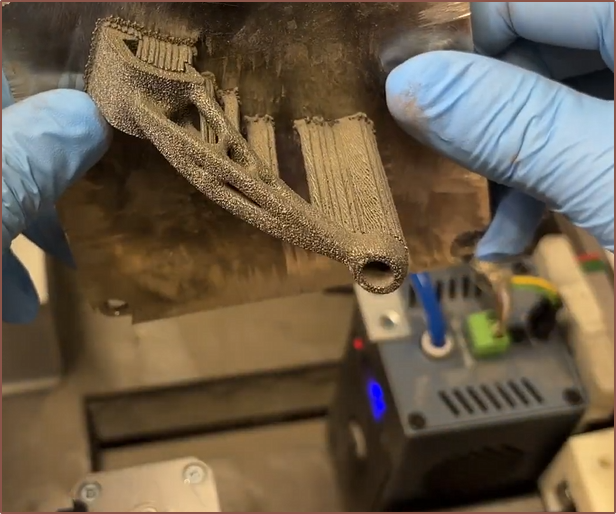 There doesn't seem to be any video where the part is actually removed from the build plate. I theorise that it's welded onto the plate and has to be grinded off, and then ground again off the supports. Not entirely ideal for a consumer-oriented perspective and why I hope L^3 can do metal + support in a single print job.
There doesn't seem to be any video where the part is actually removed from the build plate. I theorise that it's welded onto the plate and has to be grinded off, and then ground again off the supports. Not entirely ideal for a consumer-oriented perspective and why I hope L^3 can do metal + support in a single print job.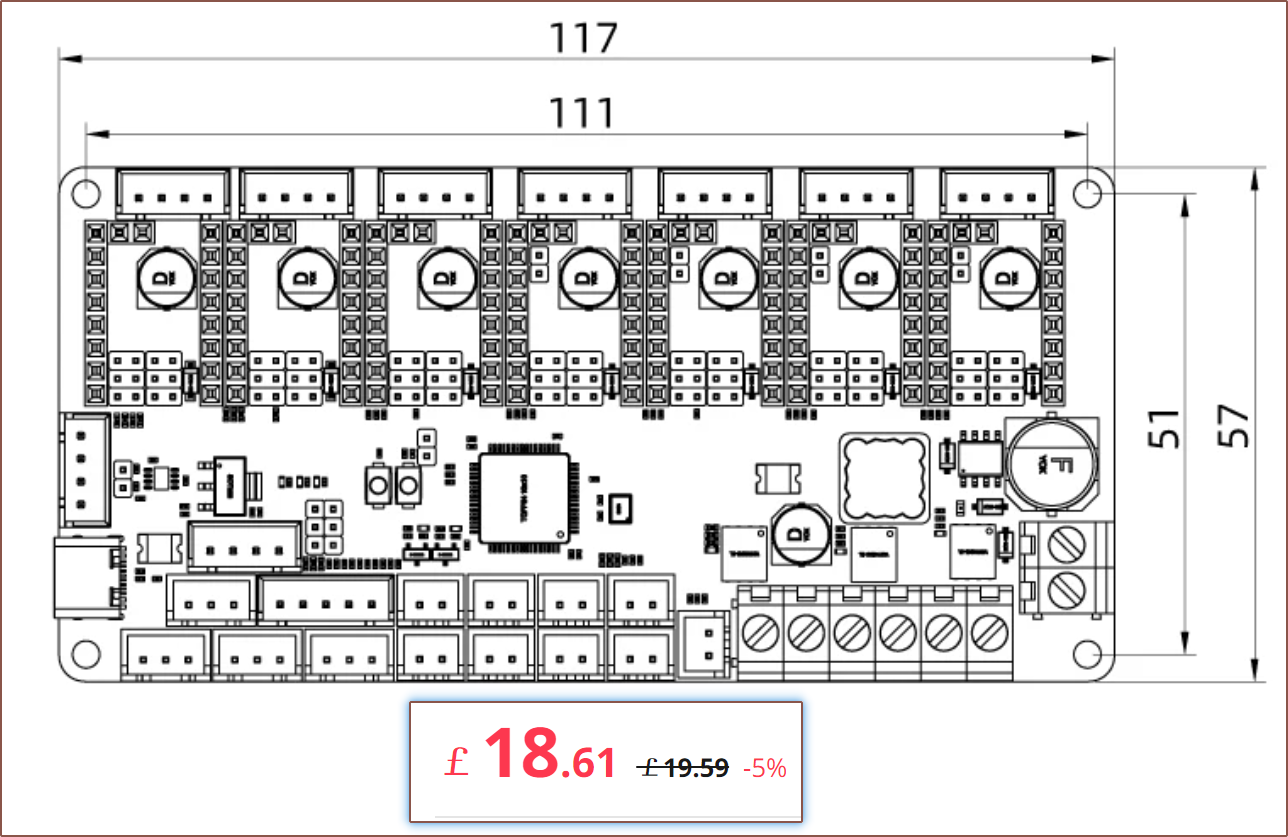
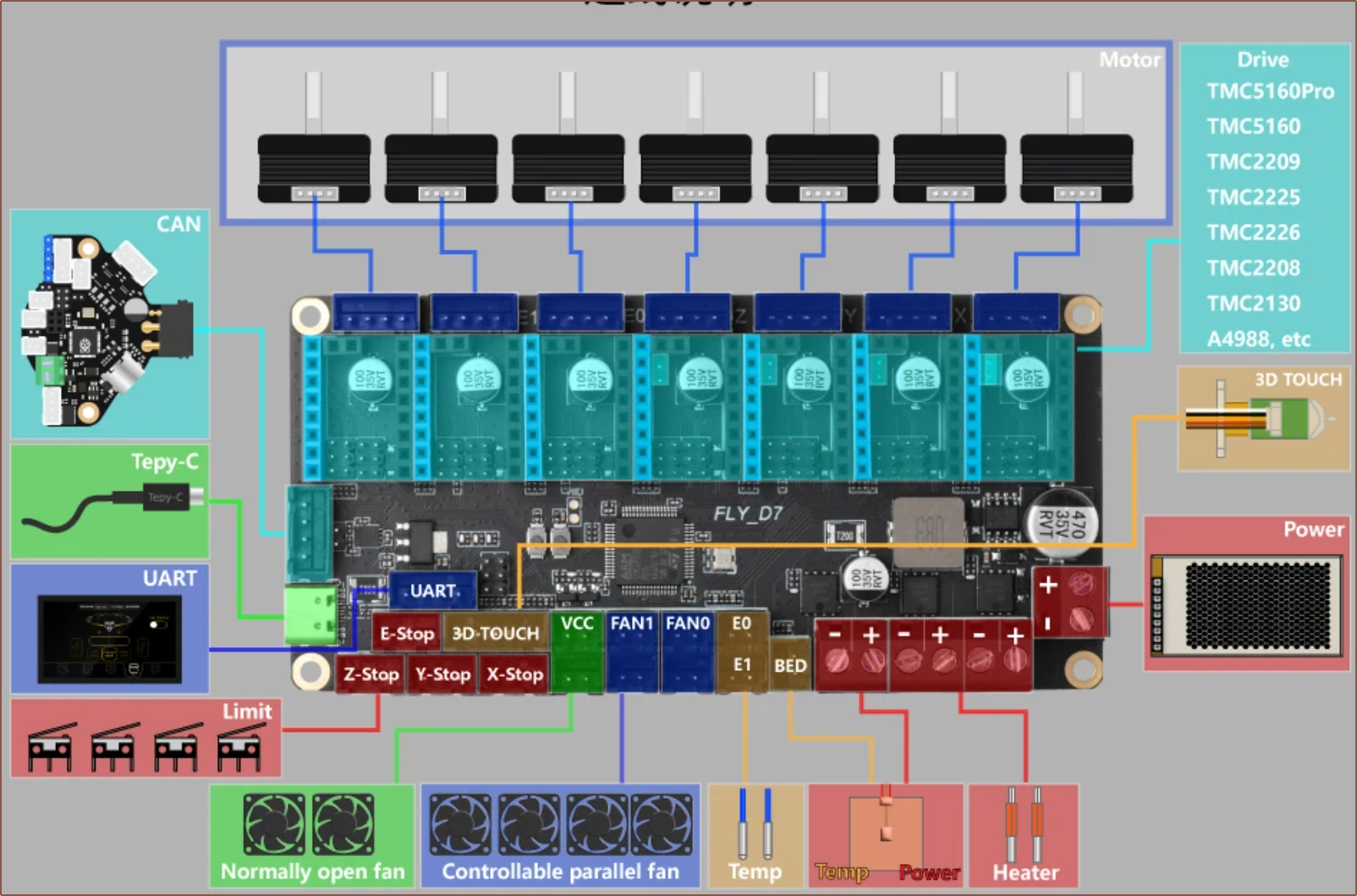
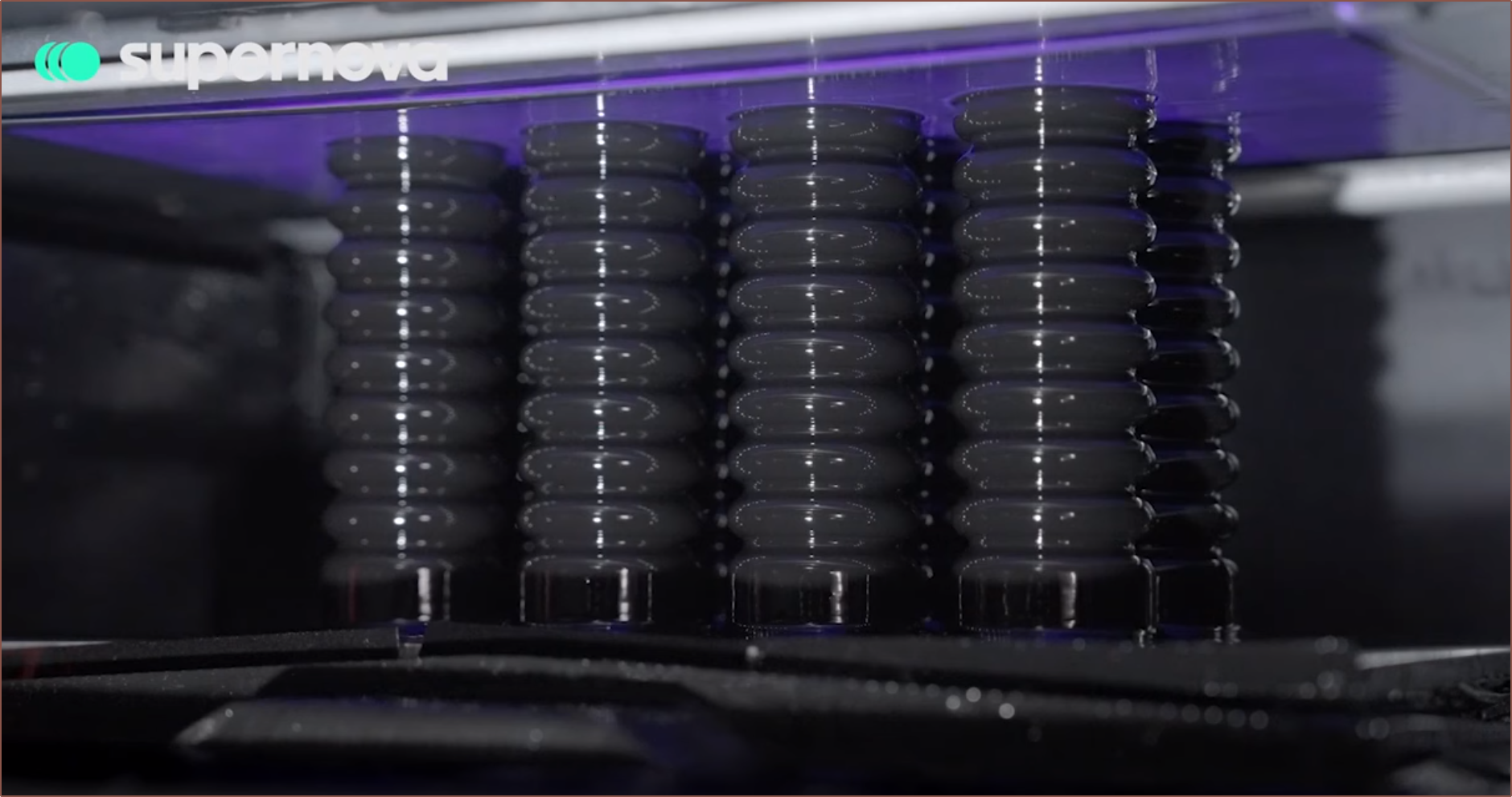
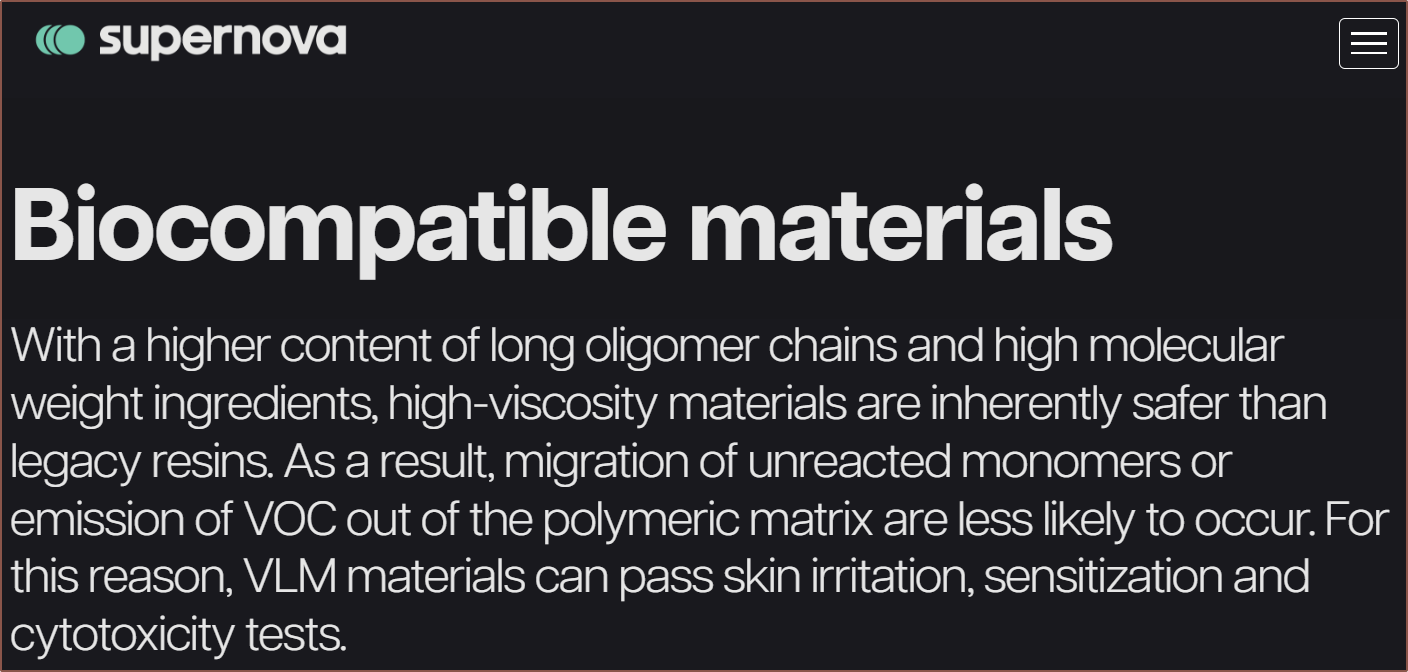
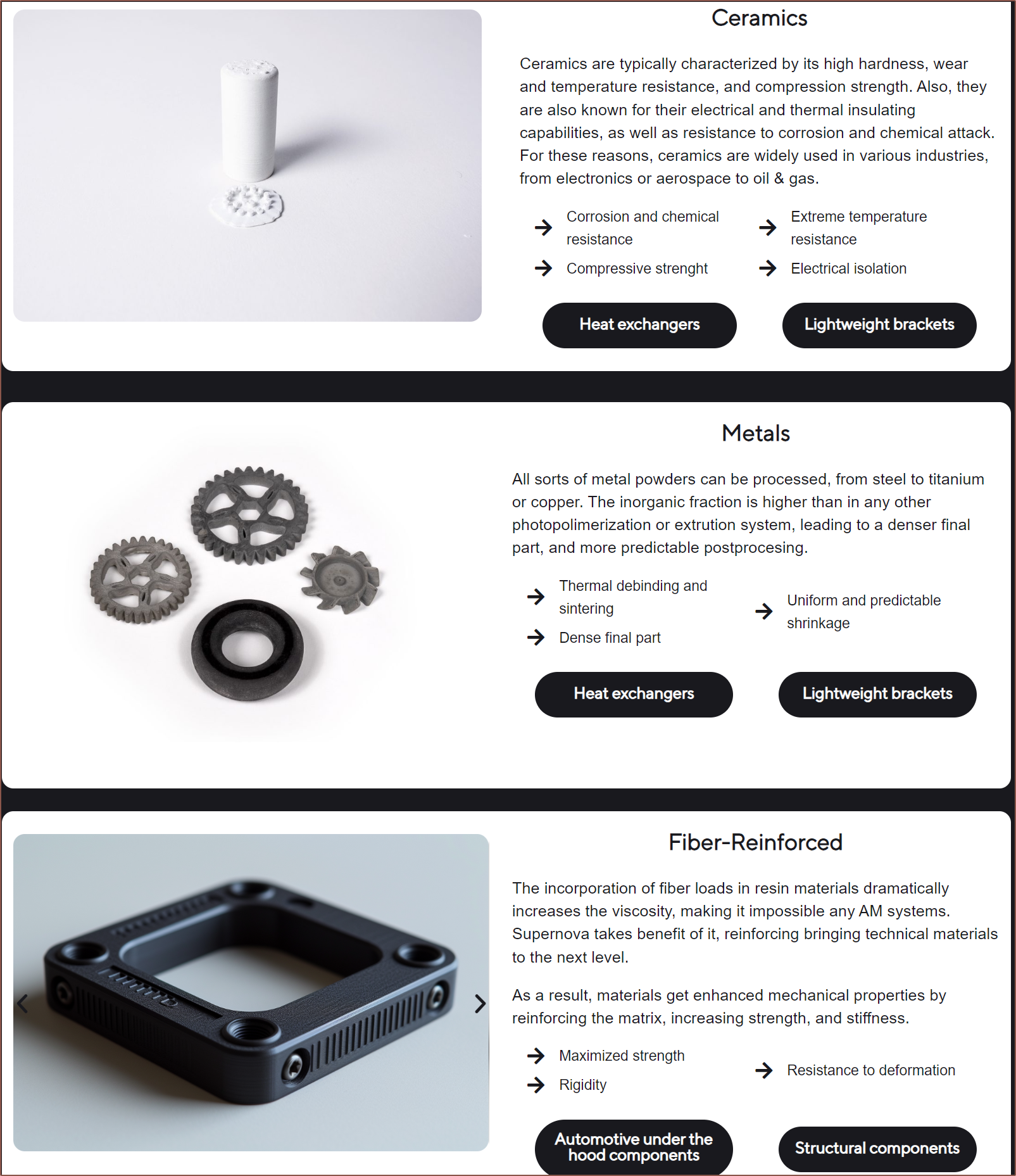

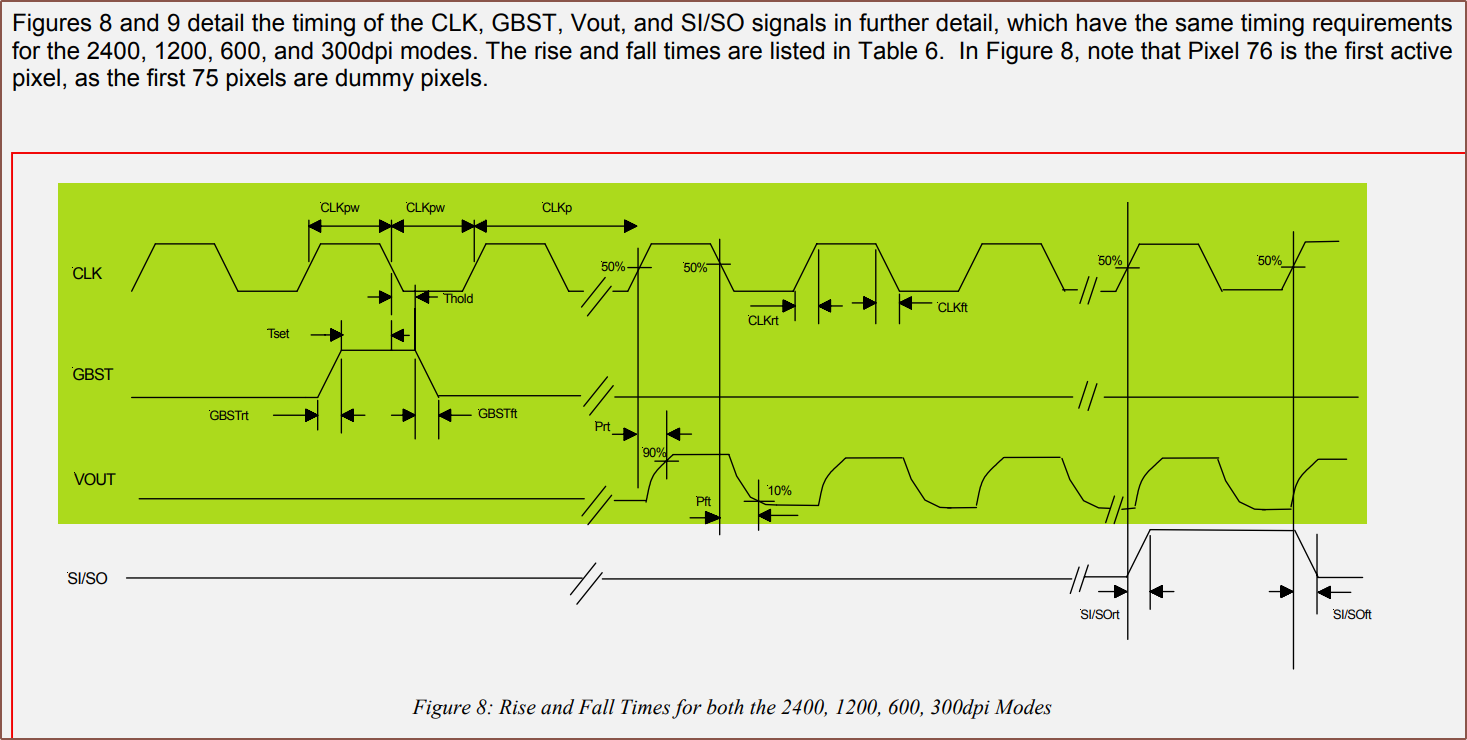
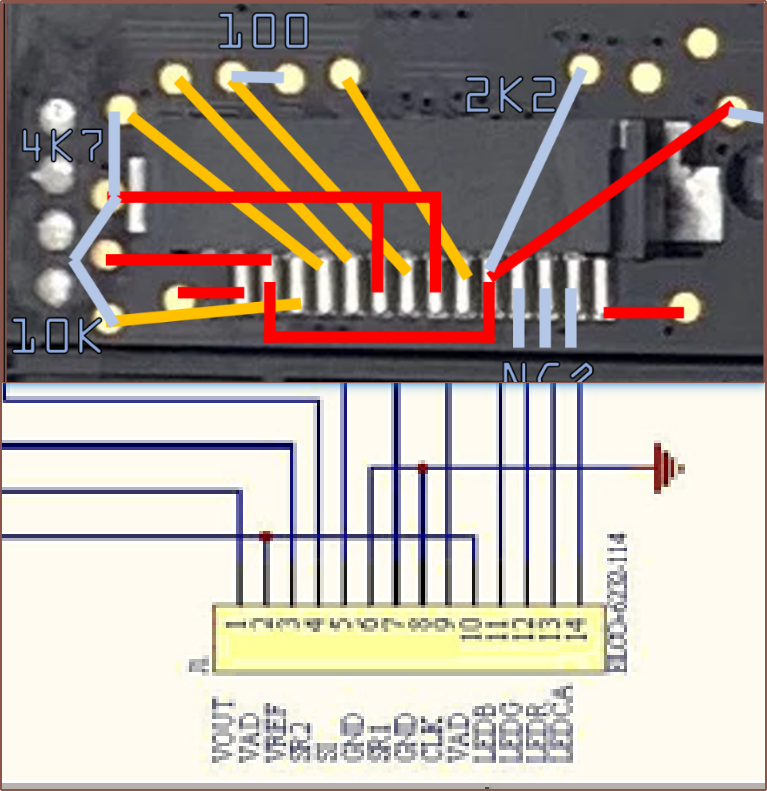 I looked at the pinout here and many of them lined up with the pinouts determined in
I looked at the pinout here and many of them lined up with the pinouts determined in 


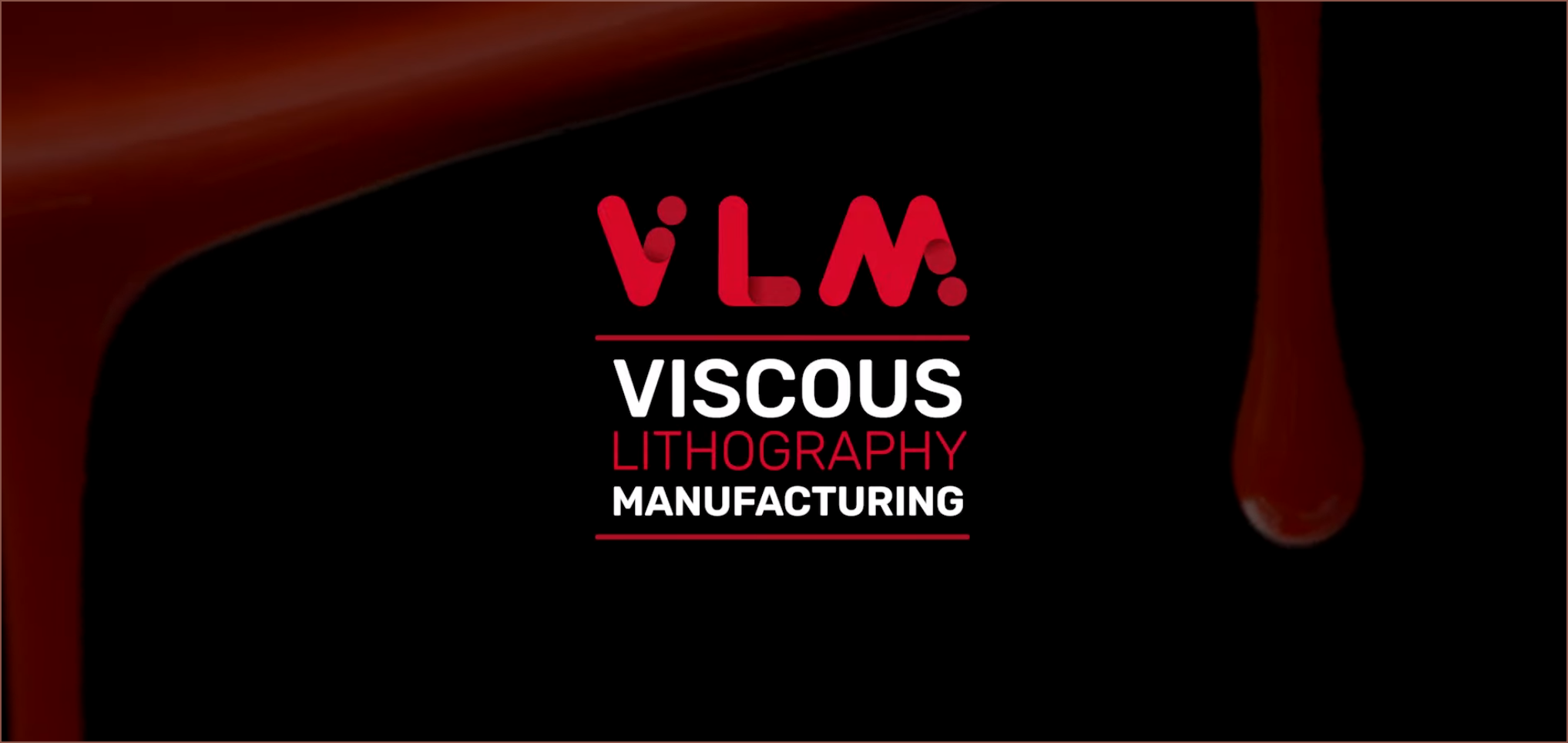
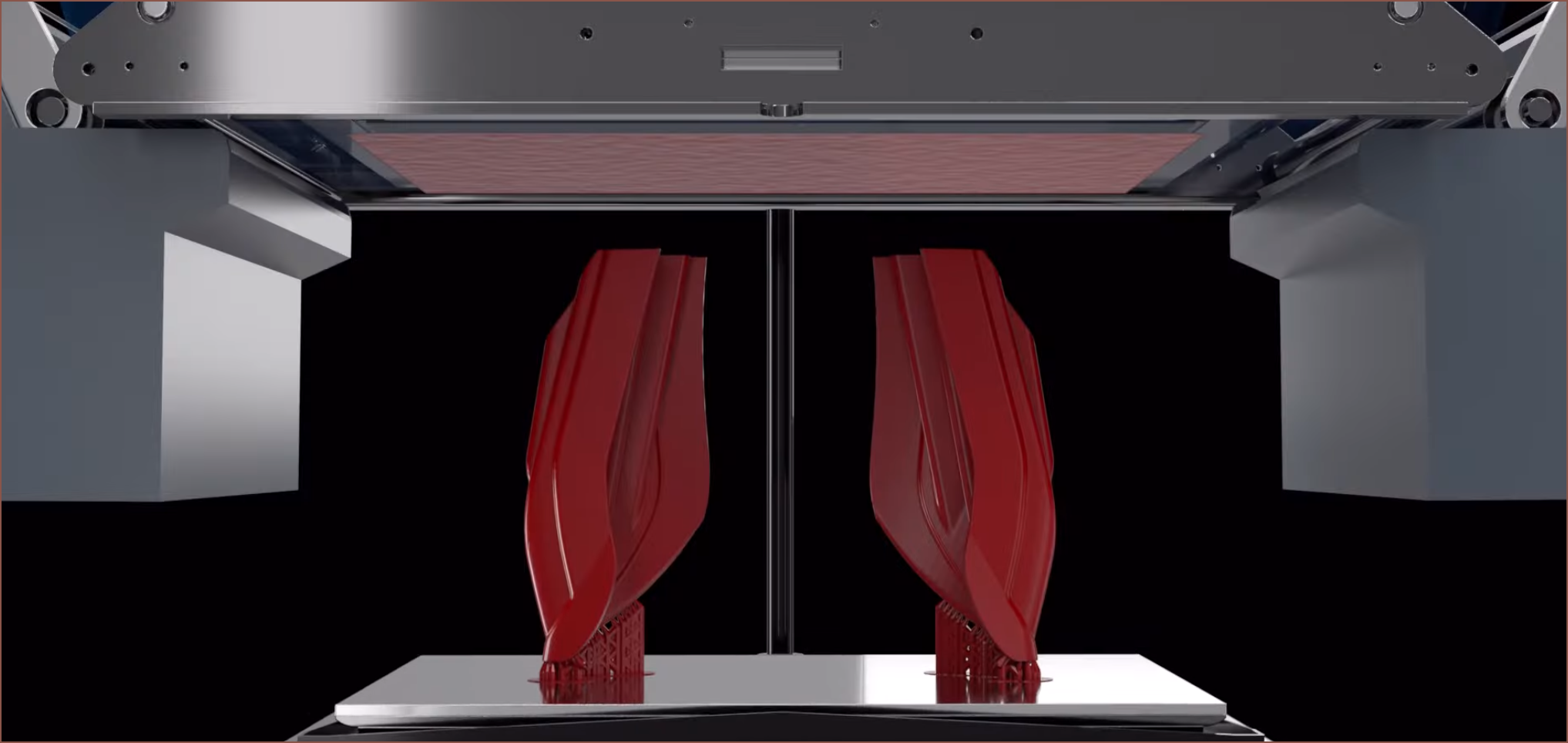


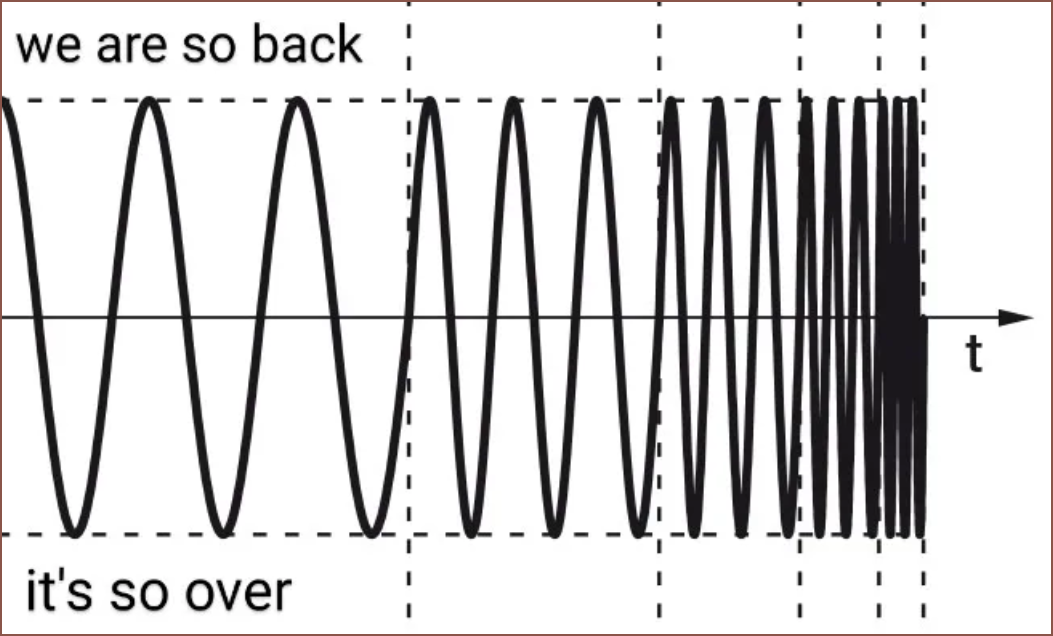
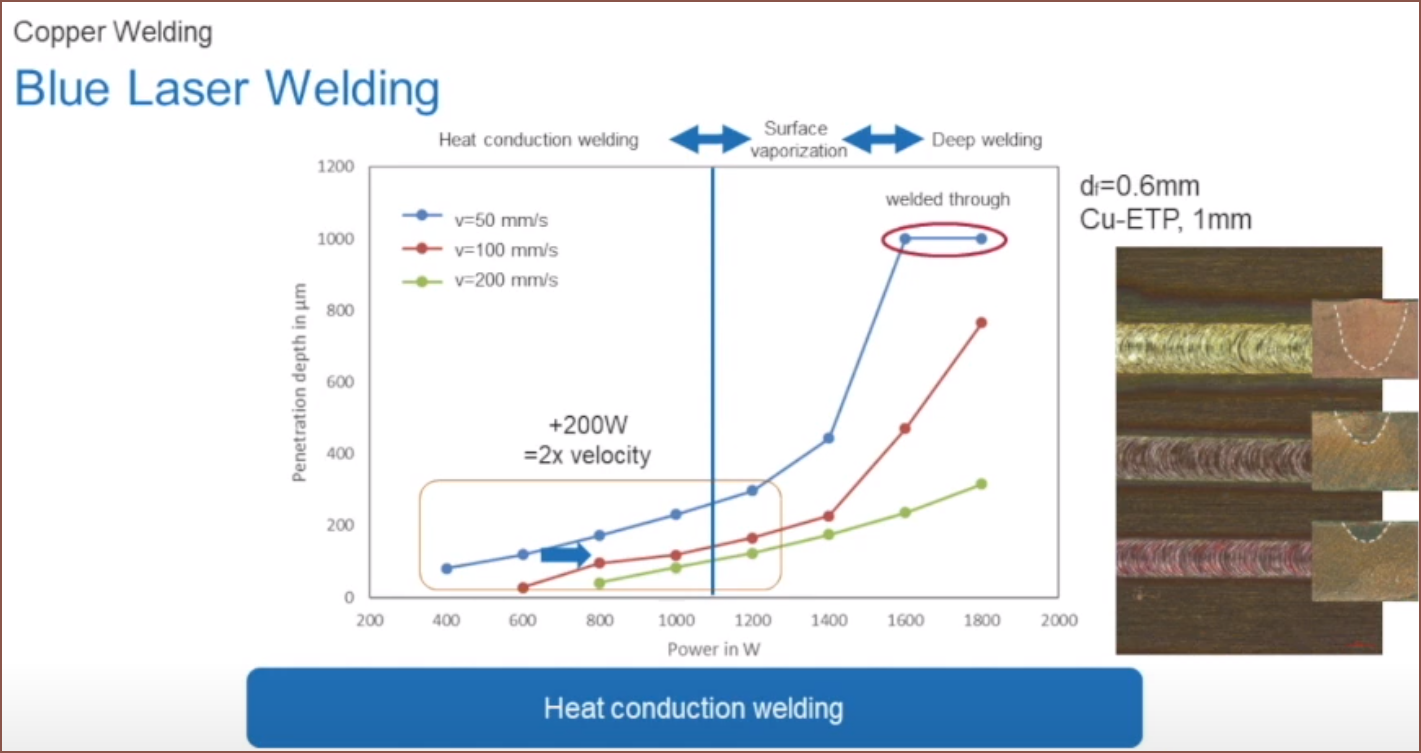

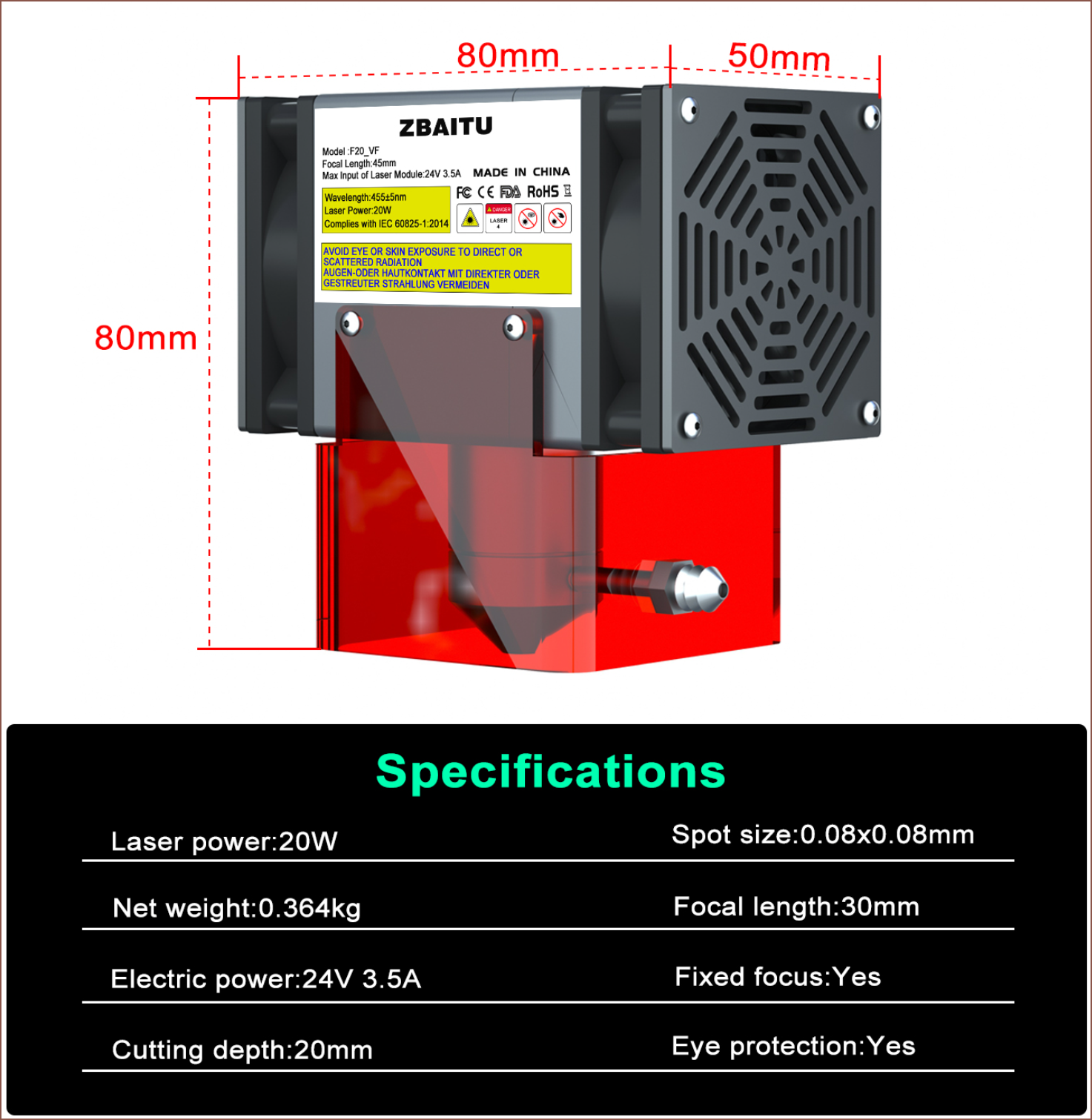
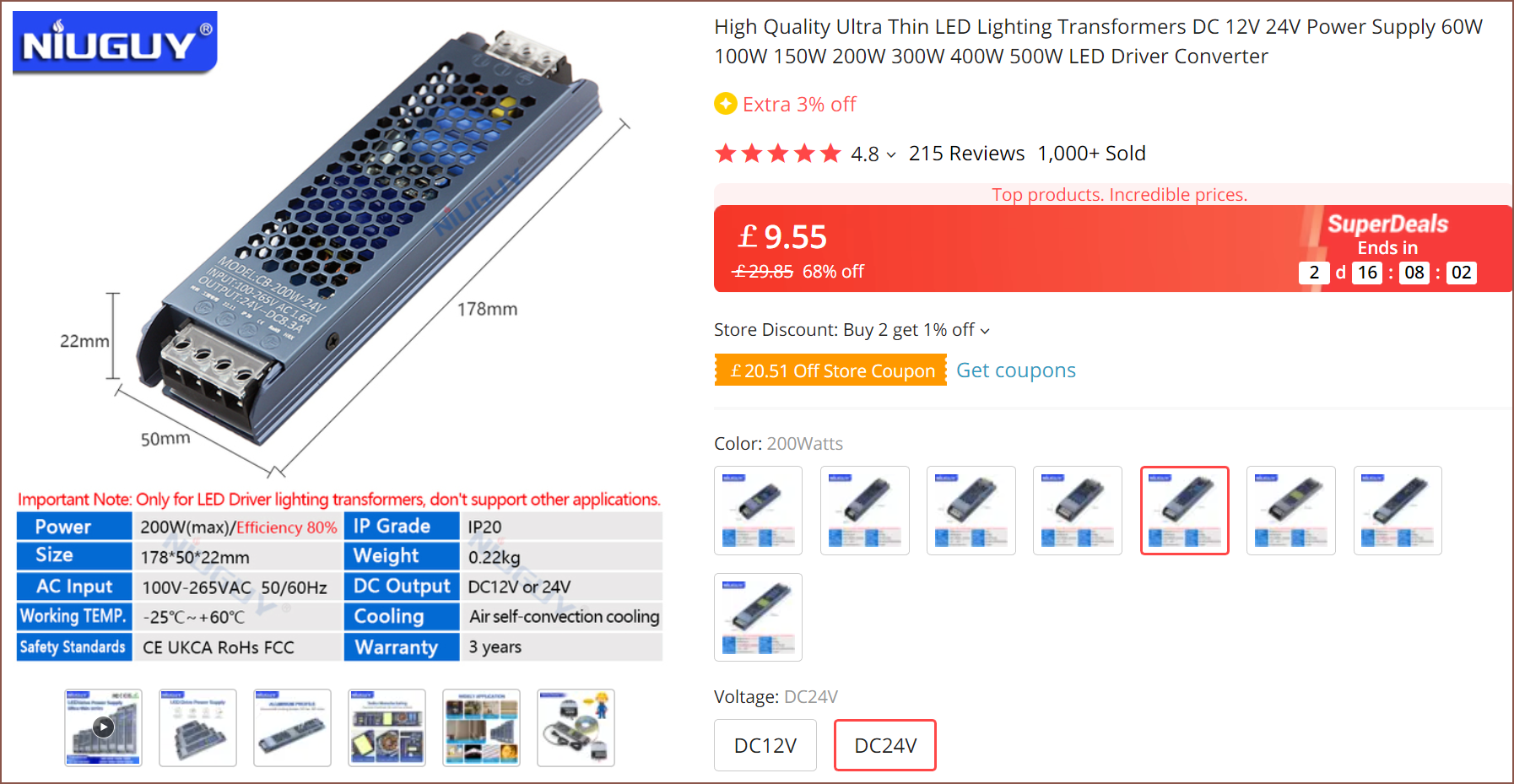
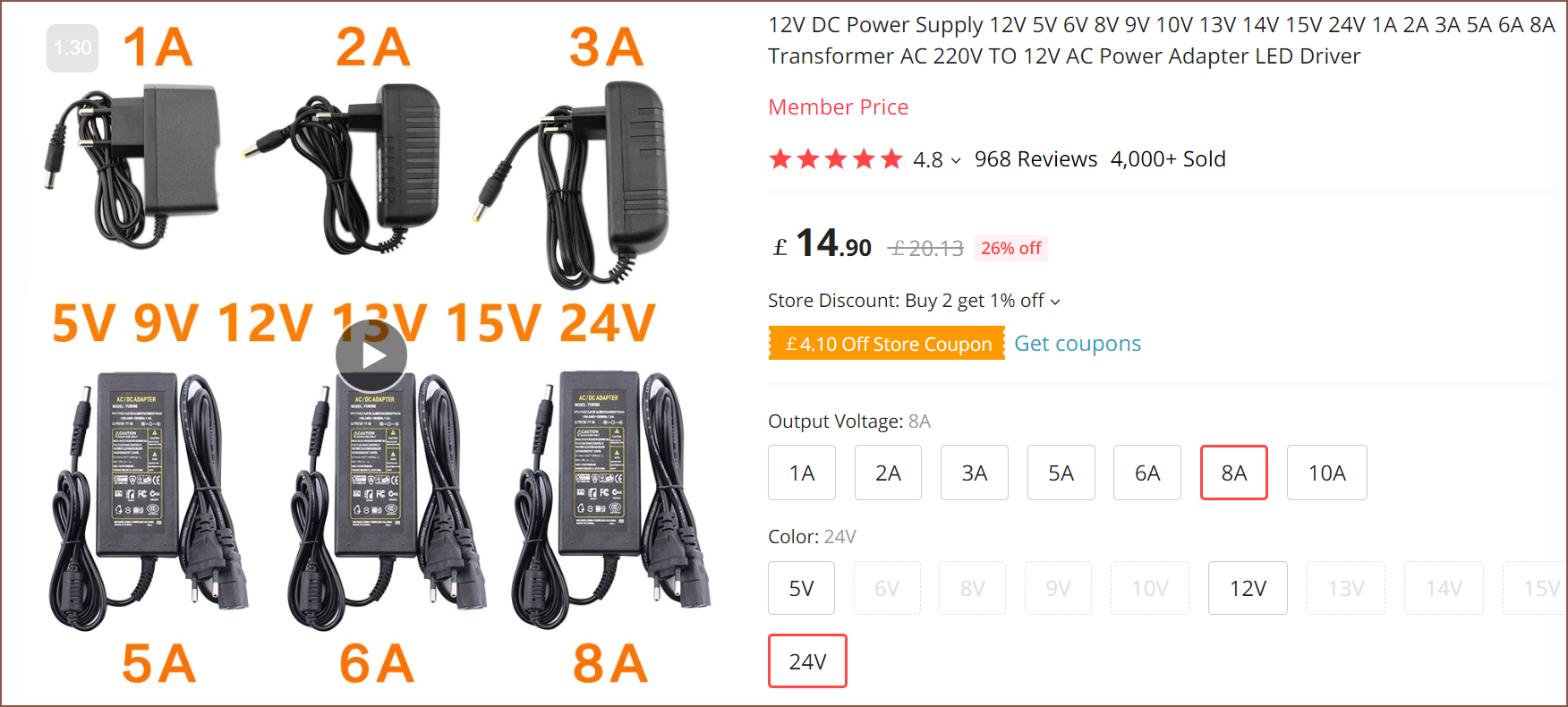


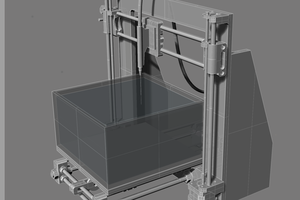
 Michael
Michael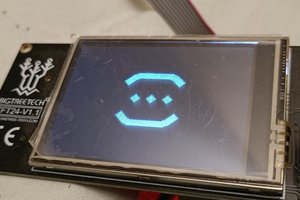
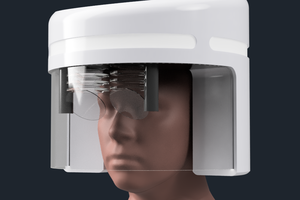
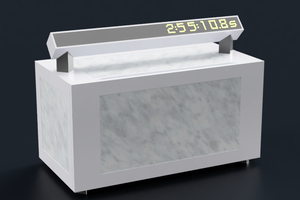
Hello, I just found this article here that made remember of your project: https://pubs.acs.org/doi/10.1021/ac403397r
Dunno if you already saw it, but I think it is worth the read :)